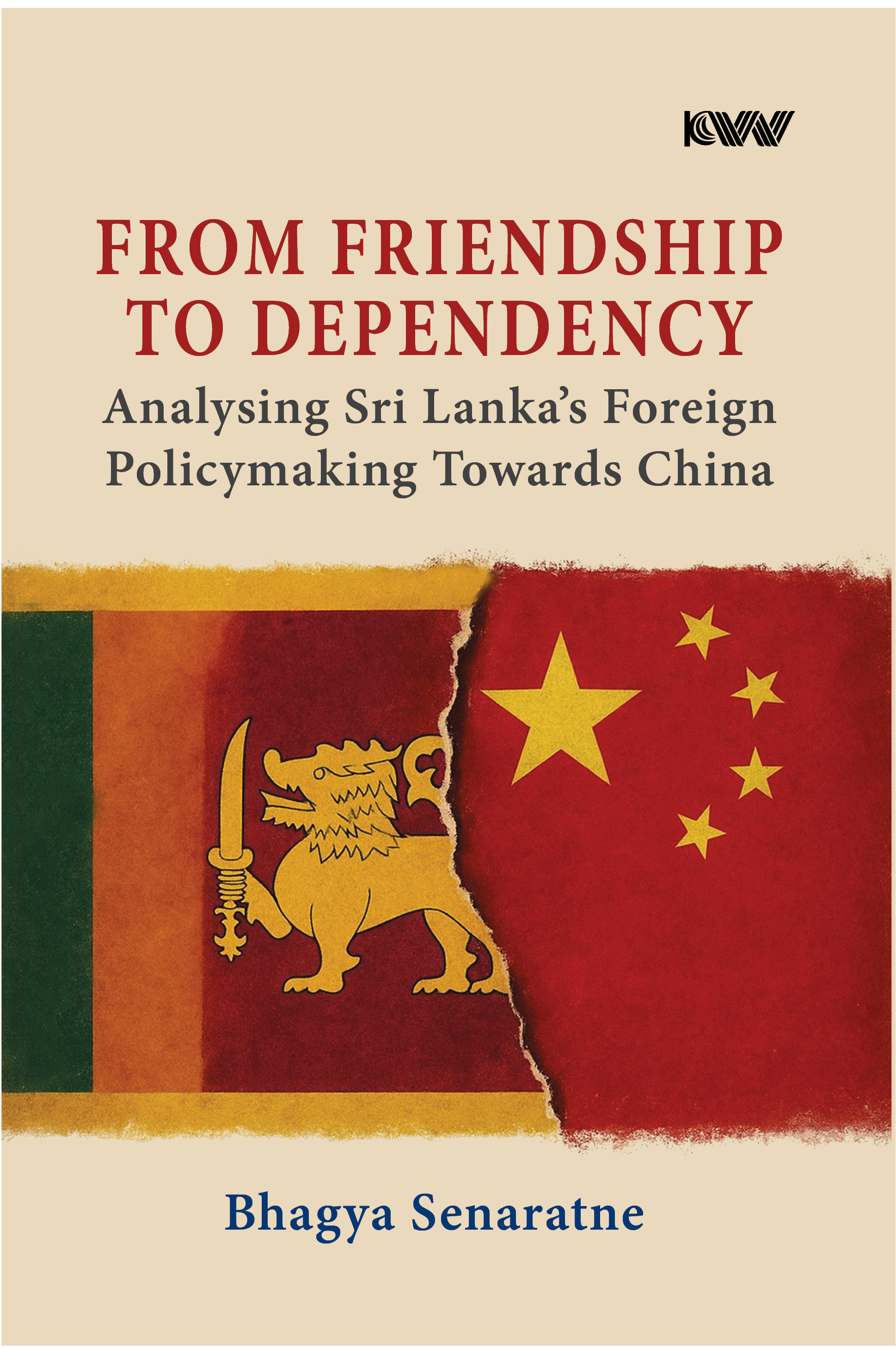Subjects
Recent View(s)
- C4I2SR for Indian Army: A Cost Effective System
- The ICON: Marshal of the IAF Arjan Singh, DFC
- Security in a Complex Era: Emerging Challenges Facing India
- Insurgency and Counter Insurgency: A Dangerous War of Nerves
- The Two Largest Industrial Disasters in History with Hazardous Material
- Remembering Pyarelal: Mahatma Gandhi's Secretary and Biographer
- A Concise History of the Arabs
- Contemporary Persian Gulf: Essays in Honour of Gulshan Dietl, Prakash Chandra Jain and Grijesh Pant
- Pakistan Army: Legislator, Judge and Executioner
- Defence Acquisition Process: A Systems View
- COERCIVE DIPLOMACY AGAINST PAKISTAN: Options and Effectiveness in Non-Nuclear Conflict Space in Current Times
- IAF Helicopters: “Aapatsu Mitram” to “Tejas Shatruh Damanam” & Beyond
- SAPRU HOUSE A Story of Institution-Building in World Affairs
- CDS and Beyond Integration of the Indian Armed Forces
- Retaining Balance: The Eternal Way
- Recapturing The First Wave of The Covid-19: Pandemic in India
- <i>MEI-KW Middle East Series 02</i><br>YOUTH BLOOM IN GCC
- The Philosophy of Space Policy (With A Case Study of India)
- Ayyappa: Unique Sampradaya
- BBIN—A Post-SAARC Phenomenon: Unlocking the Potential for Energy Cooperation
- Tracing the Trail of Indo-Tajik Cultural Link Through Past and Present: Case Studies of Various Art Forms
- From Friendship to Dependency: Analysing Sri Lanka’s Foreign Policymaking Towards China
From Friendship to Dependency: Analysing Sri Lanka’s Foreign Policymaking Towards China
Bhagya Senaratne
From Friendship to Dependency: Analysing Sri Lanka’s Foreign Policymaking Towards China employs a Neoclassical Realist lens to analyse Sri Lanka’s foreign policymaking towards China, emphasising the domestic factors that shape decision-making processes. The book examines why Sri Lanka’s relations with China since the 1990s have been criticised for financial over-reliance and allegations of a ‘debt trap.’ It argues that these relations are deeply influenced by domestic political dynamics, including the roles of state leaders, foreign policy executives, and strategic culture. Offering a nuanced understanding of Sri Lanka-China relations, this study uniquely analyses bilateral relations from a Sri Lankan perspective, granting agency to the decision-making processes adopted by Sri Lankan bureaucrats and shifting the focus away from the PRC’s positionality. Essential reading for policymakers, students, and researchers in foreign policy and International Relations, this book sheds light on who shapes foreign policy, how decisions are made, and proposes an alternative approach to understanding Sri Lanka’s strategic choices.


 Political Science
Political Science
